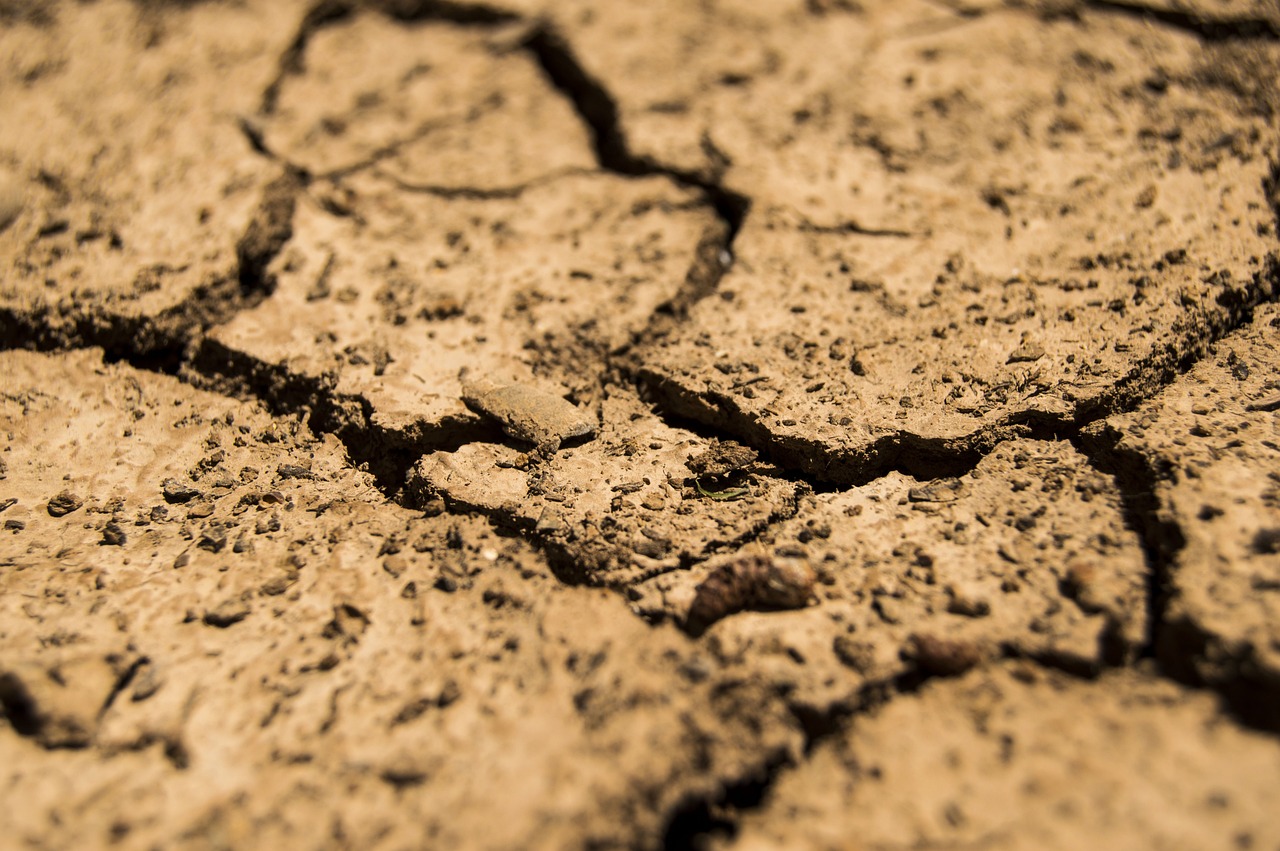Article Title:Stabbing of metal sheets by a triangular knife. An archaeological investigation
Abstract:
in order to provide a basis for comparative evaluation of ancient and early modern metal armour, experiments have been made with a simplified knife to investigate the action of stabbing into thin metal sheets. The forces required for indentation, perforation and extension of the slit were measured for sheets simply supported over a circular hole. A range of metals in different thermomechanical states, with Vickers hardnesses from 5 to 200 VPN and fracture toughnesses (crack-tip opening displacements) from 0.4 to 1.5 mm, and thicknesses from 0.5 to 2 mm, was employed. The behaviour of the simplified knife could be modelled approximately using the analysis by Wierzbicki and co-workers (Int. J. Mech. Sci. 35 (1993) 209; Int. J. Impact Eng. 19 (1997) 667) for loading a thin plate edge-on by a wedge. The results demonstrate that it is possible to rank the protective value of early armour in different metals, using readily determined mechanical properties. (C) 2002 Published by Elsevier Science Ltd.
Keywords: stabbing; perforation; penetration; armour; archaeology; ancient Greeks; sheet metals
DOI: 10.1016/S0734-743X(01)00058-6
Source:INTERNATIONAL JOURNAL OF IMPACT ENGINEERING
Welcome to correct the error, please contact email: humanisticspider@gmail.com



